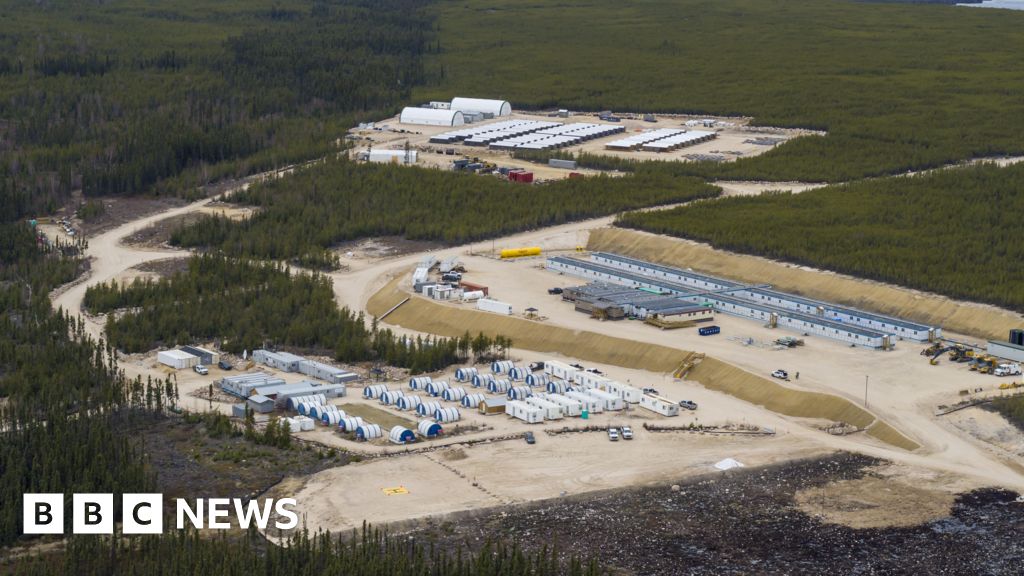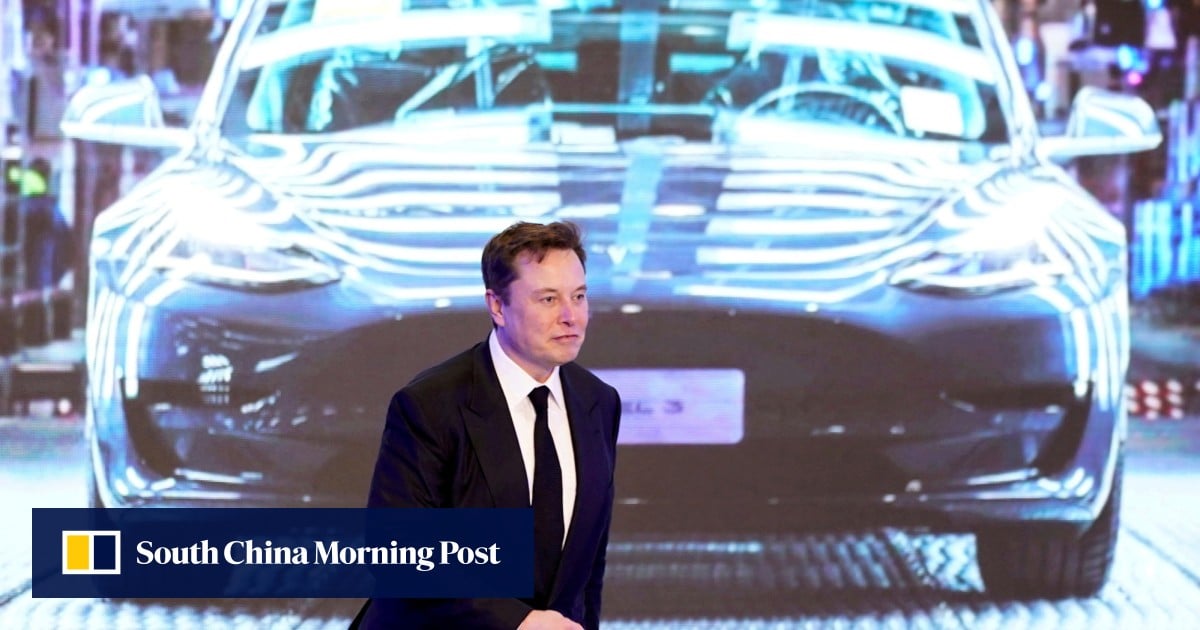- Arvind's Newsletter
- Posts
- Arvind's Newsletter
Arvind's Newsletter
Issue No. 1123
1.Reliance, Disney complete transaction for $8.5-billion merger deal to create India’s largest media powerhouse
Mukesh Ambani-led Reliance Industries has completed the merger of its media assets with the India business of global media house Walt Disney to form a new joint venture worth $8.5 billion or ₹70,352 crore. The joint venture, in which Reliance Industries has invested ₹11,500 crore (USD 1.4 billion) for its growth, will be headed by Nita Ambani as its Chairperson.
As one of India’s largest media and entertainment companies, the joint venture boasts a combined pro forma revenue of approximately Rs 26,000 crore or roughly $3.1 billion (as of March 2024).
It shall operate over 100 television channels, delivering more than 30,000 hours of television content annually. The digital platforms JioCinema and Hotstar serve a combined subscription base of over 50 million. The venture also holds an extensive portfolio of sports rights, including cricket, football, and other major sports.
The head of Disney and Reliance Industries’ newly merged Indian entertainment titan plans to invest and “revitalise” television in the world’s most populous country even as western media organisations increasingly see it as a dying medium. Uday Shankar, vice-chair of Jio Star — the freshly formed company whose merger was completed on Thursday — told Financial Times that traditional television revenue could experience “significant double-digit growth within the next several years” on the back of fresh investment in innovative content ranging from dramas to soaps.
2.India’s sports industry to jump to $130 billion by 2030: Deloitte-Google report
India’s sports industry is set to grow from $52 billion in 2023 to $130 billion by 2030, driven by a surge in multi-sport fan base and deepening engagement from Gen Z audiences, according to a Deloitte-Google report.
The sector’s 14% compound annual growth rate (CAGR) nearly doubles the nation’s GDP growth rate, underscoring its potential as a transformative force for the economy and society.
The report, titled Think Sports: Unlocking India’s $130B Sports Potential, highlights India's 655 million sports fans, with Gen Z leading the charge at 43% of the fan base. Cricket remains dominant, accounting for 70% of sports-related digital searches, but kabaddi (120 million fans), football (85 million fans), and indigenous sports like kho kho are also gaining ground.
Notably, 90% of fans now follow multiple sports, reflecting a shift toward a more diverse sports culture.
3.Mutual fund cash pile intact despite record deployment amid market downturn
At the end of October, cash held by various MF schemes was at Rs 1,49,227 crore, marginally below the previous month's figure, according to data provided by ACE Mutual Fund and compiled by NDTV Profit.
Cash held by actively managed mutual fund schemes fell in October for the first time in the fiscal, even as allocation towards cash continued to rise as a result of the decline in equity markets. As of October-end, the equity schemes of the top 20 fund houses held 5.5 per cent of their portfolios in cash, compared to 6 per cent in September, according to a report by Motilal Oswal Financial Services.
October saw the benchmark Nifty 50 fall 6.2%—the largest monthly decline since March 2020, which wiped out nearly Rs 30 lakh crore investor wealth.
4.Amazon took on Chinese e-commerce platform Temu & Shien with the launch of its discount storefront called Haul.
Amazon launched Amazon Haul yesterday, a new low-cost digital storefront for US mobile users. The new feature promises prices below $20 for a variety of household products, with free, roughly two-week shipping on orders over $25 and free returns on items over $3 within 15 days.
The product launch from the US' largest online retailer comes amid growing competition from China-based e-commerce platforms Temu and Shein, whose gamified user interfaces and low-cost products have earned a quick, widespread user base in the US. Retailers use proprietary inventory software to precisely shift orders to sellers based on customer behaviour. Estimates peg the companies hold roughly 1% of US e-commerce market share each, compared to Amazon's 40%.
Analysts say Haul's interface resembles the gamified grid of Temu and Shein and that its longer shipping times suggest Haul's products will likely ship from China. A company announcement highlighted sellers would be screened for safety and compliance, a recurring complaint against the Chinese apps.
5.The US released its roadmap for tripling nuclear energy capacity by 2050.
President Joe Biden’s outgoing administration wants to ramp up nuclear power, which accounts for 20% of total electricity generation but has become more popular in recent years.
Although Biden’s term is ending there is hope that his successor Donald Trump will continue to push: Nuclear has bipartisan support and is backed by tech firms that want to use it to power their data centres. The US’ northern neighbour also has nuclear ambitions — Canada has enormous uranium deposits, and the atomic resurgence has pushed prices up. The country hopes to become a “one-stop shop” for nuclear material, the BBC reported, making it a uranium “superpower”.
6.Google DeepMind has a new way to look inside an AI’s “mind”
We don’t know exactly how AI works, or why it works so well. That’s a problem: It could lead us to deploy an AI system in a highly sensitive field like medicine without understanding that it could have critical flaws embedded in its workings.
A team at Google DeepMind that studies something called mechanistic interpretability has been working on new ways to let us peer under the hood. It recently released a tool to help researchers understand what is happening when AI is generating an output.
It’s all part of a push to get a better understanding of exactly what is happening inside an AI model. If we do, we’ll be able to control its outputs more effectively, leading to better AI systems in the future. Read the full story in MIT Technology Review.
7.Beijing is keeping an eye on Elon Musk’s closeness to US President-elect Donald Trump.
Musk has considerable business interests in China through his electric vehicle company Tesla, making him one of the few people in the world with a line to both Trump and Chinese leader Xi Jinping. That gives Xi a “friend with influence” in Washington, Bloomberg wrote, which analysts say could open the door for smoother US-Sino relations: Tesla supplier stocks are up in China, and Musk has previously opposed tariff hikes on China-made EVs.
Beijing’s space ambitions, though, could face a test, given that Musk’s SpaceX may benefit from his newfound political influence. But some in Trump’s orbit are reportedly already tiring of Musk’s constant presence.
8.The big problem for Saudi Arabia’s futuristic city? The country doesn't have enough money; Wall Street Journal
The giant futuristic planned city of Neom is proving a headache for Saudi Arabia. Costs are up, schedules are delayed and in recent days the world’s largest construction project replaced its chief executive of six years.
Looming in the background: The world’s largest oil exporter is strapped for cash.
Despite its reputation for deep pockets, Saudi Arabia can’t afford the laundry list of glitzy mega-projects and economic initiatives tied to Vision 2030, Crown Prince Mohammed bin Salman’s plan to pivot the economy away from oil.
The board of Neom didn’t provide a reason why it abruptly replaced its CEO Nadhmi al-Nasr over the weekend. But former Neom employees said Nasr frequently clashed with Neom’s owner and funder, the Public Investment Fund, over swelling budgets. Billions of dollars have been spent preparing the desert sands for the remote Megalopolis.
The price tag for Saudi Arabia’s ambitious plans runs into the trillions of dollars if fully built, far more than the country’s $1 trillion wealth fund has at its disposal.
9.The eerie quietness of India’s new financial hotspot; Chris Kay in Financial Times
Narendra Modi’s GIFT City has already lured JPMorgan and HSBC but the social side has been slow to catch up.
“Standing on his office balcony in India’s searing afternoon heat, veteran civil servant K Rajaraman gestures across a panoramic sweep of cranes. They tower over the skeletal structures of tower blocks and a nearly finished metro system. This 886-acre work-in-progress is Gujarat International Finance Tec-City — also known as GIFT City — India’s most ambitiously business-friendly project to date.
Fast-talking Rajaraman, who heads the regulator that oversees the onshore tax haven, recently returned from the US where he was drumming up more investment. International interest, he says, is “proof of the pudding” that it will be a success. The number of organisations flocking to the city — a long-standing pet project of Prime Minister Narendra Modi and created in his home state — already exceeds 700.
This is even more impressive given GIFT City’s location in one of India’s few dry states. It is a world away from the choked up chaos and energetic drive of cosmopolitan financial capital Mumbai, with its beery taprooms and fine dining.
Gujarat, which juts out into the sea in north-west India, is not on most tourist to-do lists — though it contains a national park in the south that is the last known natural habitat of the Asiatic lion. The state is largely a vast, alluvial plain with some low mountains. It is considered conservative and business focused.
Fittingly, GIFT city, which sits on the banks of the Sabarmati River in a flat and dusty landscape, offers something more pragmatic than Mumbai’s buzzing nightlife. As a special economic zone, it avoids India’s onerous red tape and strict capital controls, while granting 100 per cent tax exemptions over 10 of 15 years. Those sweeteners have lured businesses from JPMorgan to HSBC as well as Australian universities, insurance houses, ship leasers and local tech titans Infosys and Wipro.
Already, it is rising up the Global Financial Centres Index, which ranks competitiveness in over hundred hubs, from 92 three years ago to 52. That places it ahead of Mumbai.
Although more than 20,000 employees already work here, the area is eerily quiet. Well paved roads carry little traffic. Entertainment options have been slow to arrive. “It’s a chicken and egg situation,” said an executive who has set up a new office in the city. He estimates it will take at least five years for the city’s social element to liven up.
Read on.





/cdn.vox-cdn.com/uploads/chorus_asset/file/25730994/526258524.jpg)




